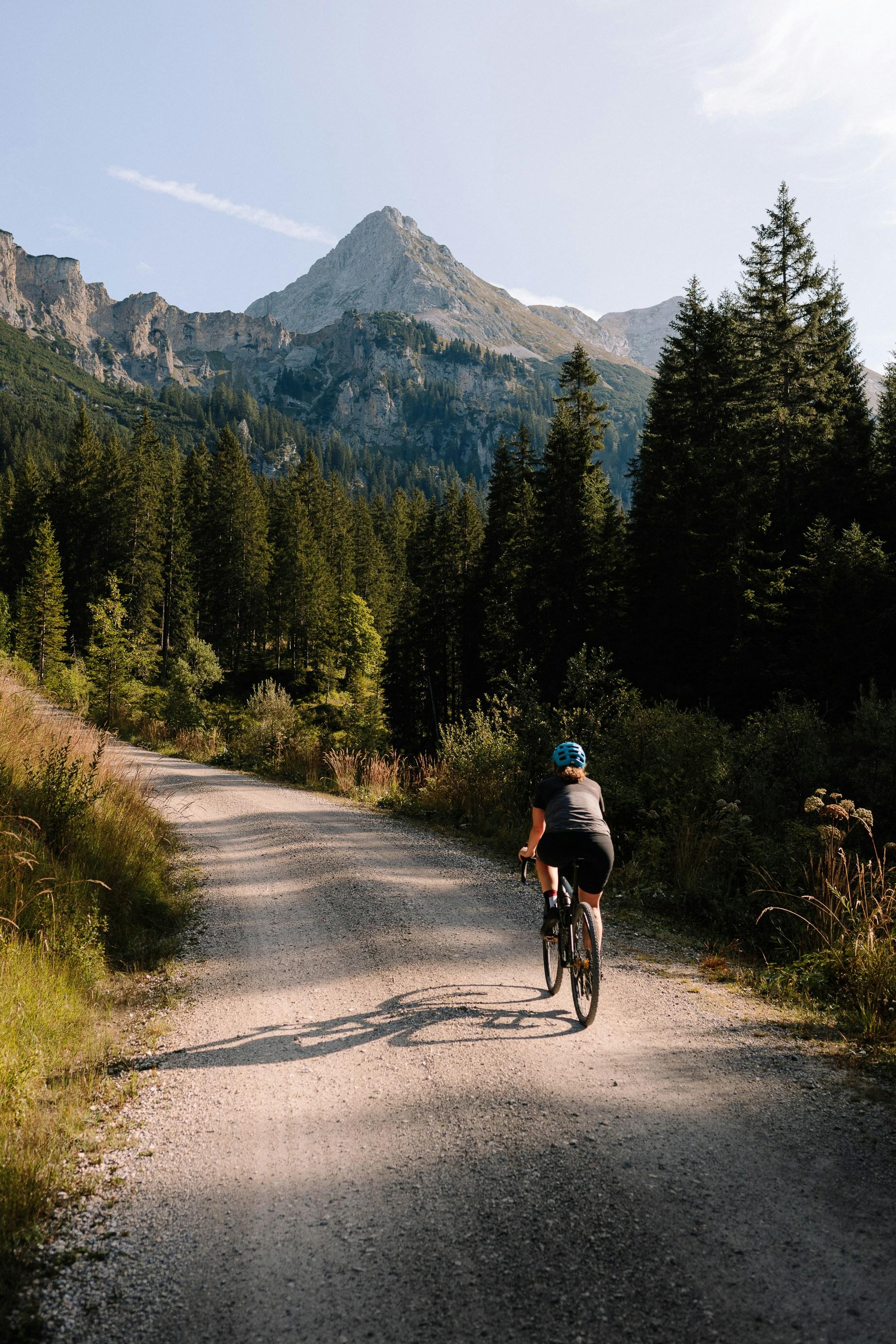
So, you’re new to the cycling world? Perhaps you’re wondering what the difference is between a mountain bike and a gravel bike? Maybe you want to know what BMX actually stands for (spoiler: it’s bicycle motocross), or you’re interested in the (albeit slim) differences between cycle touring and bikepacking? Well, good news. You’re in the right place. We’re going to go over all of the above and more in the cycling guide below - and we’re going to be concise.
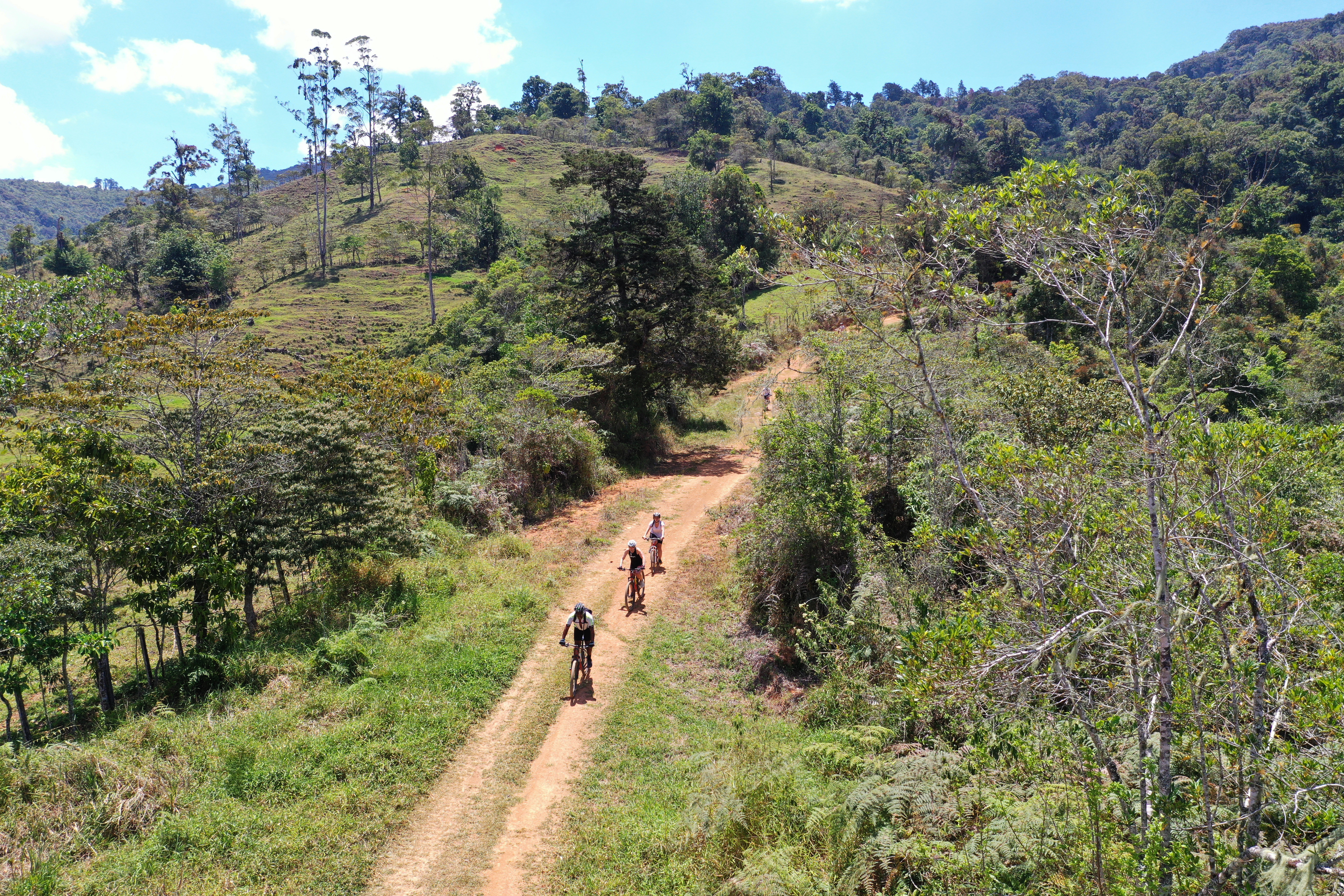
If we were to list every discipline of cycling, this would be a very long article indeed. So, with the above in mind, there are some slightly niche disciplines of cycling that we’ve left out here. We’ve not included artistic cycling, for example, which is sort of like ballet on bikes. We’ve left out cyclocross, which is sort of like a competitive, extremely muddy mix of mountain biking, road cycling and steeplechase, and we’ve also ignored commuter and A-to-B city cycling (though, of course, we do commend and encourage such behaviour).
We’ve instead boldly split the world of cycling up into the following eight disciplines, which we think will be most of interest. We’re sure that this will in no way be contentious (*sighs in internet*). The eight we've picked out are:
- Road cycling
- Mountain biking
- Gravel cycling
- Cycle touring
- Bikepacking
- BMX
- Fat biking
- Track cycling
Below is a brief introduction into each of these eight disciplines of cycling.
1. Road Cycling
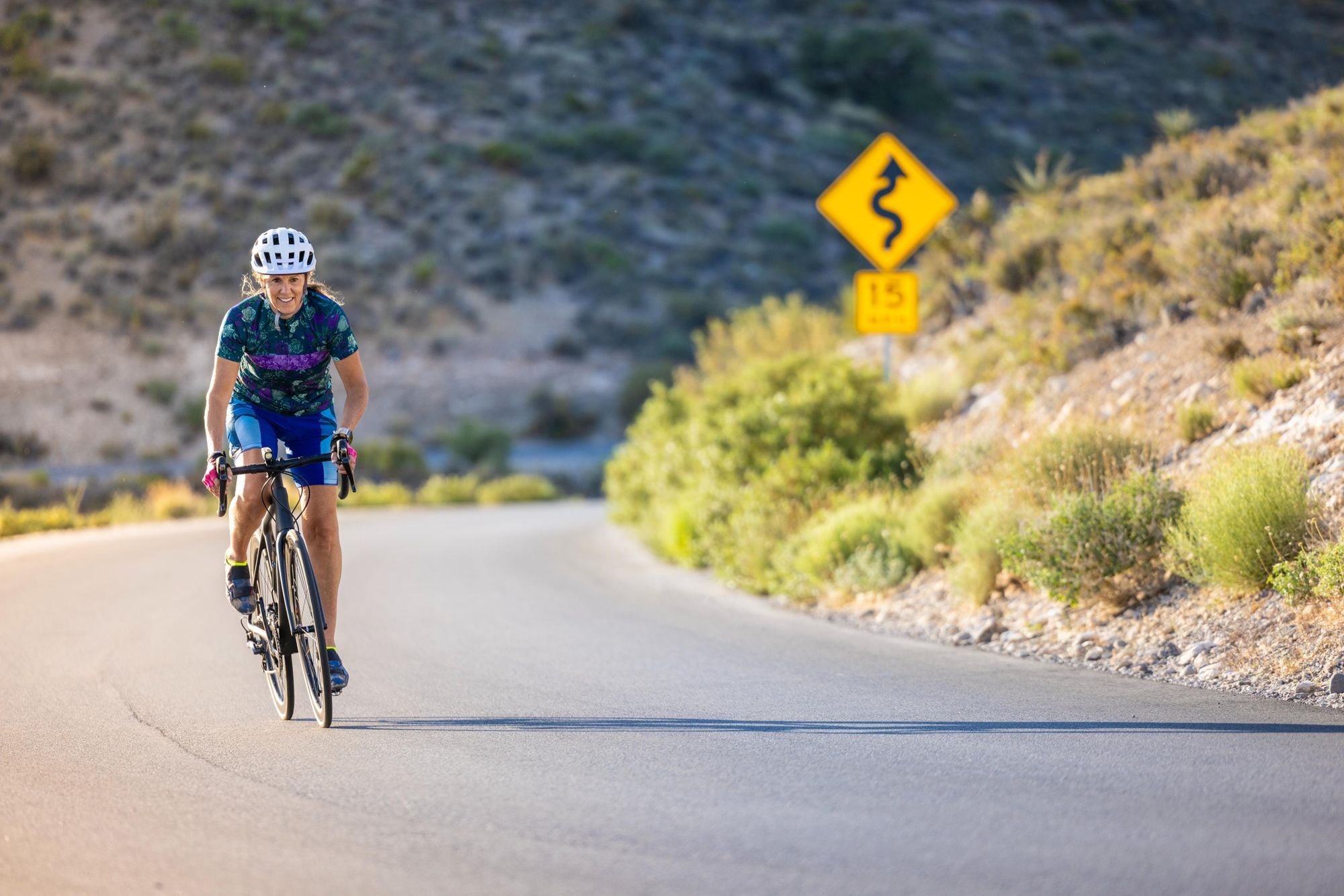
Okay, so what is road cycling? Road cycling is exactly what it says on the tin. It’s riding a bike on a road, which, you may fairly say, is what a lot of people do on their way to work. The main differences between road cycling and commuting is the kit and, of course, the intent. Road cyclists head out to ride local loops, or take on multi-day point to point cycles, to see the world and test their fitness.
Road cyclists are all about keeping things lightweight and streamlined. That’s why they wear lycra and why they have featherweight bikes. The combo of the tarmac road surface and that lightweight gear means you can cover a lot of ground very quickly on a road bike. The slim tyres are great for speed but unstable on rougher terrain and may puncture - hence sticking to roads.
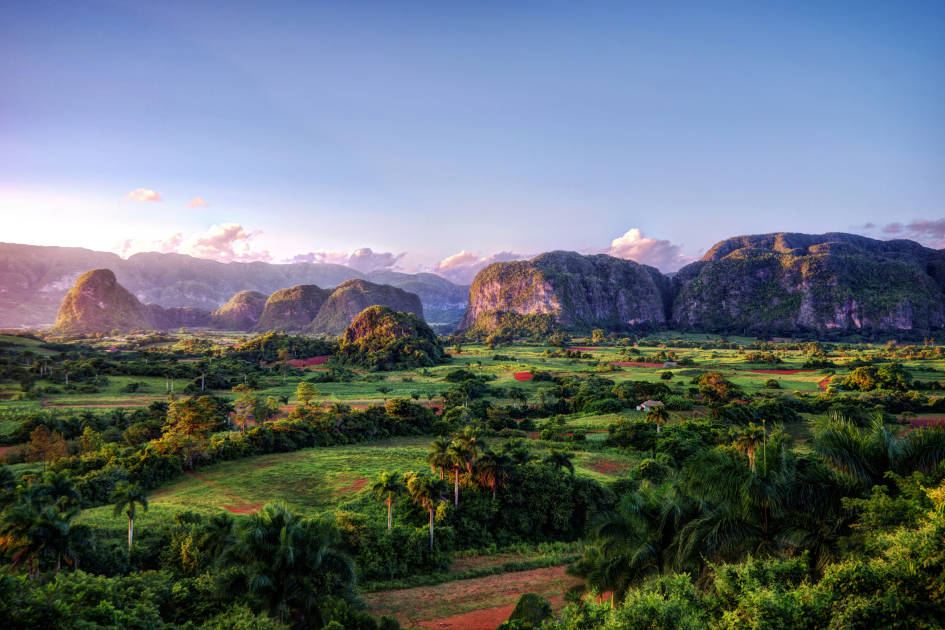
Road cyclists tend to track their rides on Strava and talk in kilometres rather than miles, possibly because this is the measurement used in the main road races (Le Tour de France, Giro d’Italia, Vuelta a España etc.) or possibly because it makes the distance they’ve cycled sound that little bit further. Maybe both.
What does a road cycling bike look like? A road cycling bike has slim tyres, a rigid frame and often has drop handlebars (which curl downwards). It is usually fitted with clipless pedals (which confusingly, are pedals that do need you to clip into them - requiring a purpose-built pair of cycling shoes).
What do road cyclists wear? Road cyclists are famously clad in lycra and often ride in large groups. Owing to the clips on their shoes, they often make a clip-clopping sound when they walk - so you can hear them coming.
What does the terrain look like? This usually takes place on the road (shockingly). In the best circumstances, those roads go through mountains.
The biggest road cycling event? The Tour de France is the big one.
2. Mountain biking
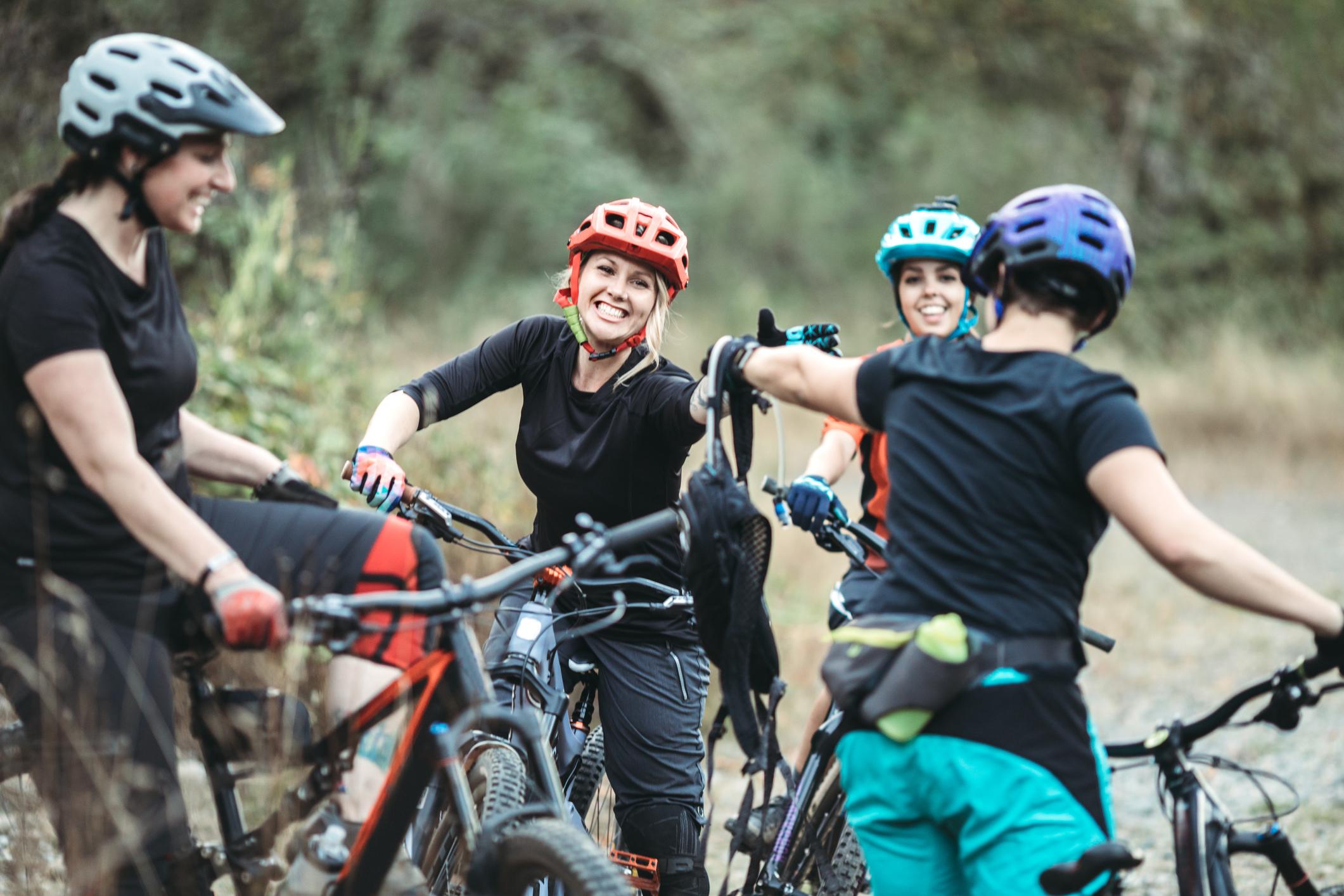
Okay, so what is mountain biking? The very short answer is off-road cycling. Let’s run through three key disciplines of mountain biking to better explain.
- Cross-country (or XC): is perhaps the most common form of mountain biking. It involves taking your mountain bike and going out and exploring the trails. This is what, for most people, mountain biking is. At professional level, XC riders wear lycra, race around set loops involving technical climbs and descents, and are the only mountain bikers in the Olympics.
- Downhill mountain biking: is called the Formula One of the mountain biking world. Riders start a downhill trail at the top of the mountain (having got there usually by uplift) and then ride back down it. This often doesn’t require many pedal strokes, but does involve the rider having to navigate tough root and rock sections. Professional downhill riders dress like motocross riders with baggy jerseys and full-face helmets.

- Enduro mountain biking: is somewhere between XC and downhill, cooler than the former and more relatable than the latter. This is a competitive discipline where riders go both uphill and downhill - but only certain parts of the ride are timed. Competitors still have to ride uphill to get to each timed stage, but these climbing sections are the ones that don't count towards end times. This format has become hugely popular as it’s closer to how most people ride their mountain bikes.
There are also various other disciplines, including freeride (scary lines on big, dusty mountains) and slopestyle (which involves pulling tricks on huge jumps).
If the bike has a front suspension fork and a back shock it is called a full-suspension mountain bike. If the bike only has a front suspension fork, it’s called a hardtail.
What does a mountain bike look like? There are various disciplines of mountain biking, and so bikes come in various shapes and sizes. But generally speaking, a mountain bike is a bike with wide tyres and flat handlebars which is designed for riding off-road.
A mountain bike will usually have some sort of suspension. If the bike has a front suspension fork and a back shock it is called a full-suspension mountain bike. If the bike only has a front suspension fork, it’s called a hardtail (as the rear end is hard). Hardtails are generally cheaper than full-suspension mountain bikes.
What do mountain bikers wear? Mountain bikers typically wear motocross-style riding jerseys, helmets with peaks on them and baggy shorts - but to be honest, any comfy t-shirt will do. They may also wear knee or elbow pads (or a full-face helmet) if they’re riding ‘gnarly’ trails. Shoes can be flat or clipless with matching pedals. Some (particularly XC riders) also wear lycra tops.
What does the terrain look like? The best mountain bike trails wind through forests or mountains and have roots and rocks along the way. Trails vary in difficulty to ride. Of course, there’s also usually a lot of mud. And jumps too.
The biggest mountain biking events? The UCI World Cup. As a Scot, I’m inclined to tell you that the Fort William edition of the UCI World Cup downhill series is perhaps the best event in mountain biking, but I may be biassed.
3. Gravel cycling
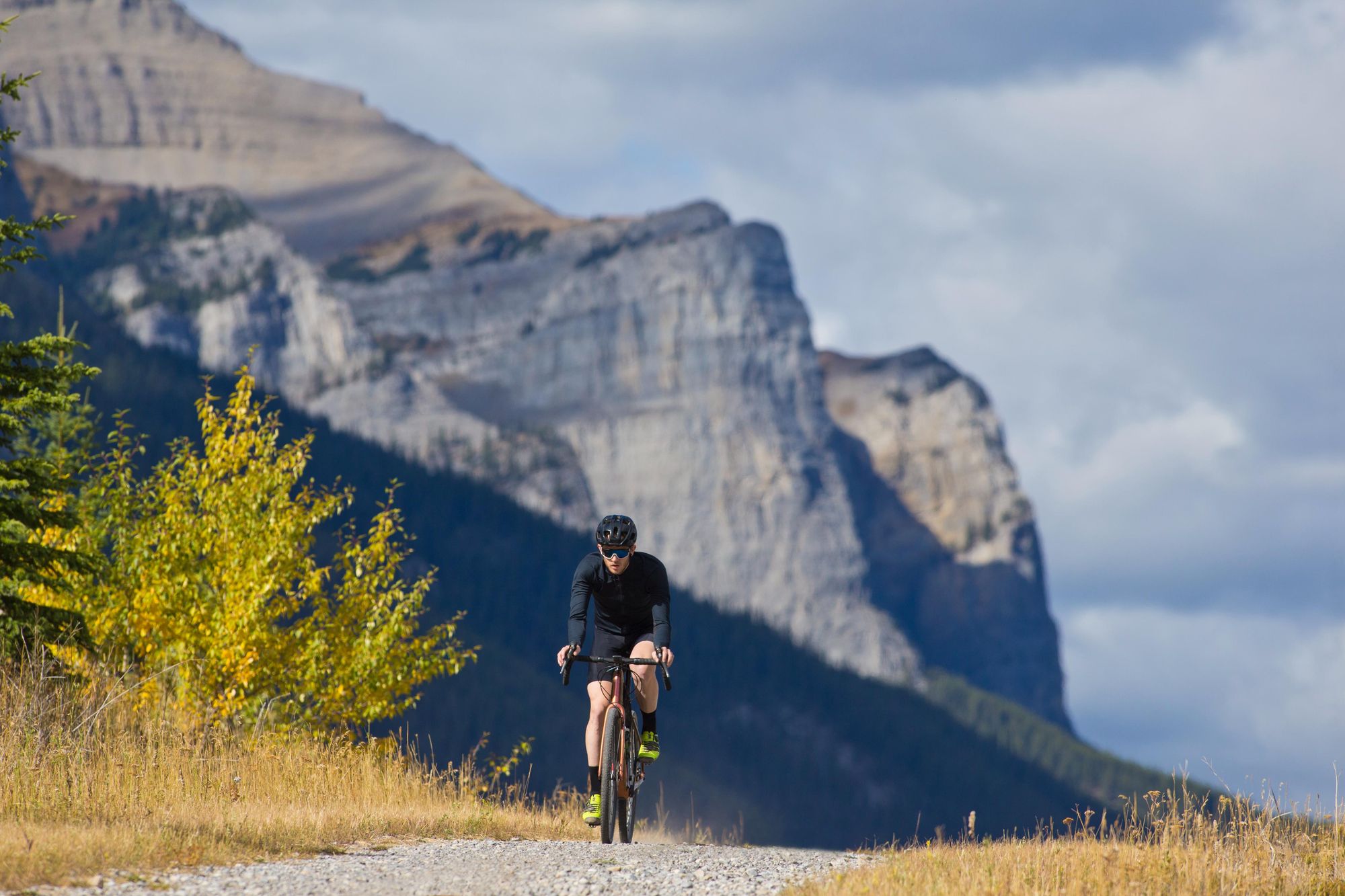
Okay, so what is gravel cycling? Again, the name is the key here. Gravel cycling tends to be off-road cycling which takes place on gravel tracks (but which often spills over to segments of road and patches of singletrail). There usually won’t be too many roots or rocks, making it a popular discipline for those who want to ride off-road, without having to learn technical mountain biking skills. A lot of road cyclists who want to explore off road end up with a gravel bike.
What does a gravel bike look like? Gravel bikes have wider tyres than a road bike but differ from mountain bikes in that they typically have rigid (suspension-free) frames and drop (curly) handlebars.

What do gravel cyclists wear? Roughly, the same as mountain bikers, though gravel cyclists are perhaps a little more lycra-inclined. Practical gear is the key (as it should be for all cycling), but again, any comfortable sporting gear will do.
What does the terrain look like? The ideal is smooth gravel pathways which take you through stunning landscapes. In reality, you will usually have to combine this gravel with some time on the road and some time on dirt trails.
What's the biggest gravel cycling event? Unbound Gravel, formerly known as the Dirty Kanza, runs around Kansas in the US, and helped to popularise gravel riding. In the UK, it’s the Dirty Reiver, which runs in and around Kielder Forest near the Scotland-England border.
4. Cycle touring
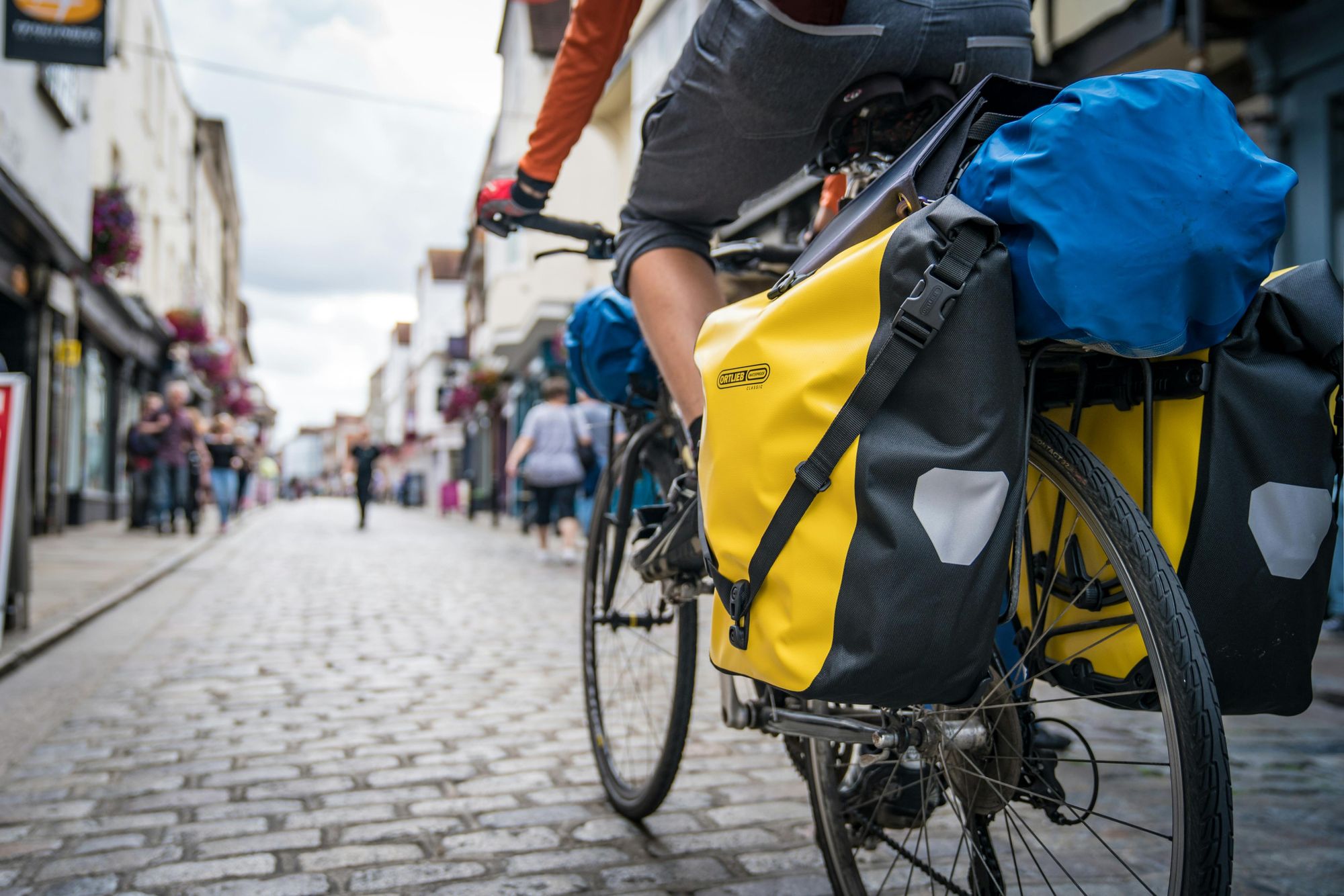
Okay, so what is cycle touring? Cycle touring is the good old, traditional way to explore the world by bike. You stick a couple of panniers on the back of your bicycle (or strap a bunch of bags to it) and head out onto the open-road. The road part of this is crucial in defining it from bikepacking (though there's an argument that the two are the same). Basically though, cycle touring is all about heading out on a multi-day epic, covering long distances and exploring the world.
What does a cycle touring bike look like? These come in many shapes and sizes but generally have rigid frames (no suspension), a pannier rack on the back and mudguards. They’ll have wider tyres than a road bike to allow for gravel or dirt riding and a wide range of gears, to help with any uphills. They're versatile.
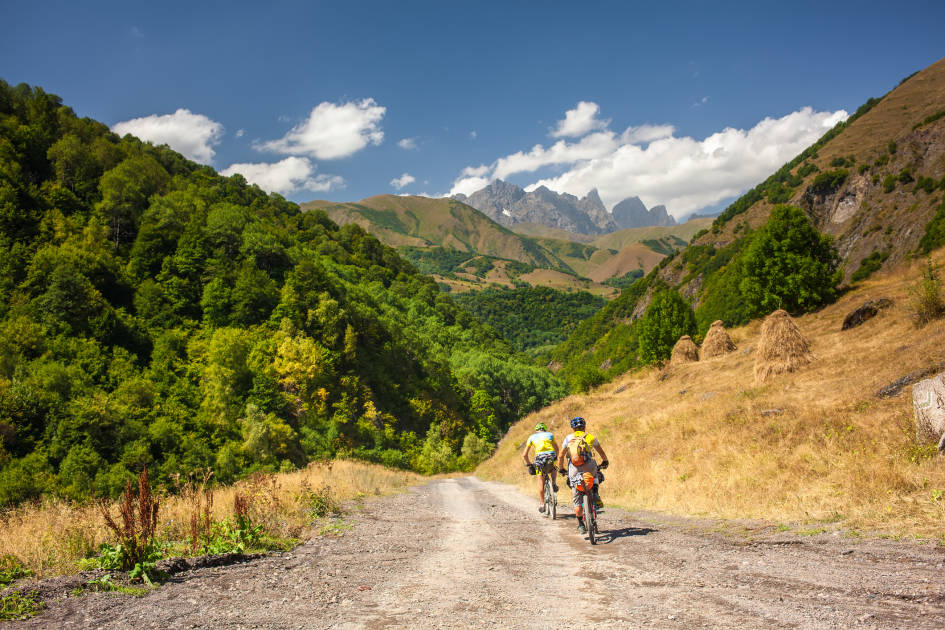
What do cycle tourers wear? Most people who get into cycle touring are more interested in seeing the world than in the bike or gear they’re using to do so. This means that cycle tourers can often be spotted wearing any old thing. If they have two big panniers, a dirty face and an exhausted look - you’ve spotted one.
What does the terrain look like? Cycle touring usually sticks to roads, though it can stray on to gravel or dirt. This is all about seeing the world.
What's the biggest cycle touring event? There aren’t really cycle touring events as such - but the most famous cycle touring rides are perhaps round-the-world efforts, or in the UK, the route from Land’s End to John o’ Groats.
5. Bikepacking
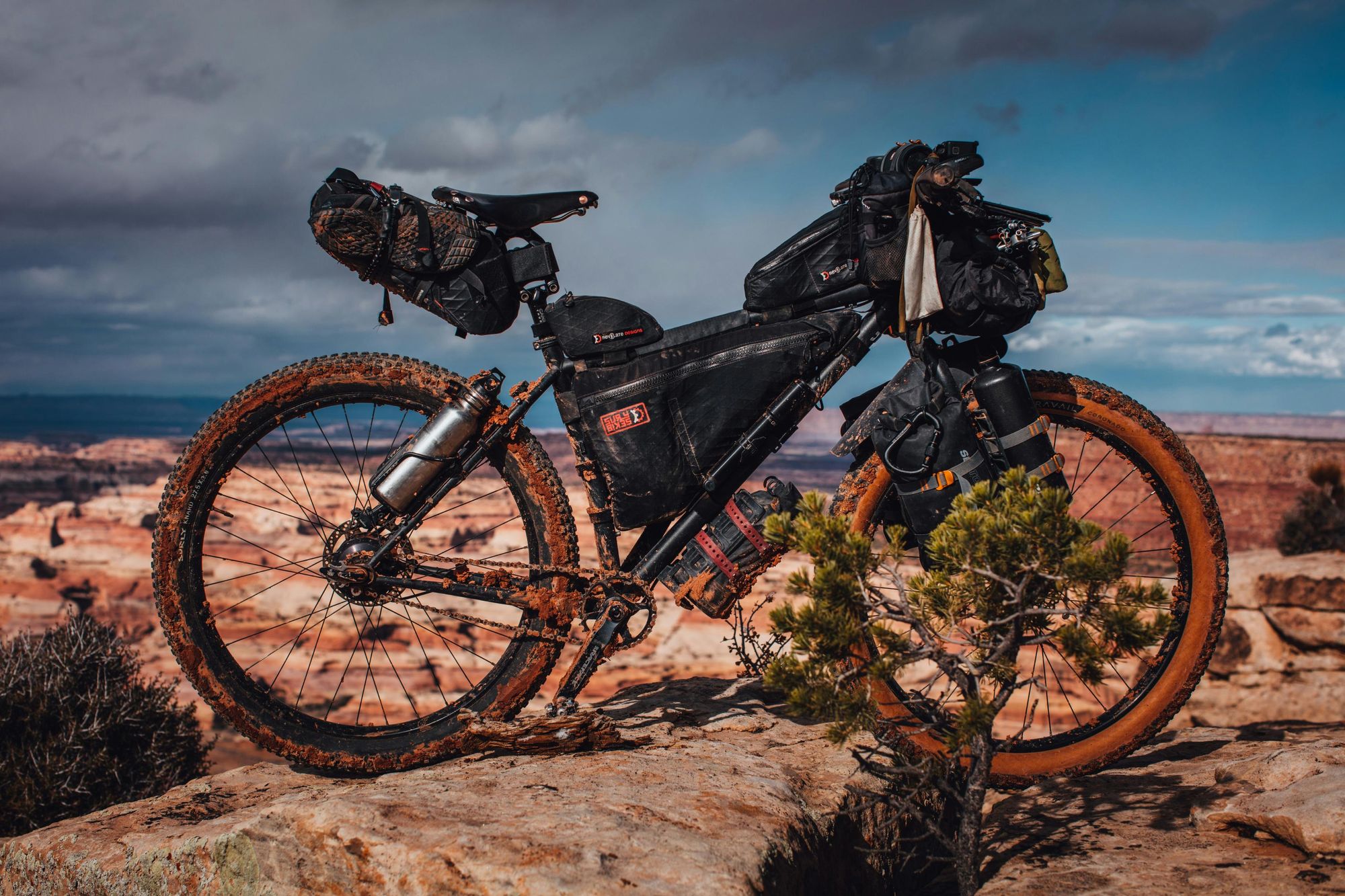
Okay, so what is bikepacking? There’s no doubt that bikepacking is very similar to cycle touring. But there are some key differences. Bikepacking is like backpacking, except you’re using a bike, which means you can cover a lot more ground. Essentially, bikepacking is jumping on your bike and heading out for a multi-day adventure - usually off-road - carrying everything you need to be self-sufficient. That means food, clothes and a camping or bivvy set up.
What characterises bikepacking today is really the bags that you use to do it. So rather than traditional cycle touring panniers, you use lightweight bags that will be distributed around the bike frame - on your handlebar, on the frame, below the saddle and so on. There’s gear popping out of everywhere, basically. It’s important to have a minimalist mindset when you’re packing your set up. The beauty of bikepacking is that it allows you to really immerse yourself in nature.

What does a bikepacking bike look like? This is really flexible. A bikepacking bike usually has a rigid frame and wide tyres (so is often a gravel bike), but can have a little (or a lot) of suspension, depending what type of riding you’re going to be doing. Drop (curly) handlebars are common. But any lightweight bike that you can strap a whole lot of bags to will work well.
What do bikepackers wear? Similar to gravel riding, bikepacking gear is usually comfy and practical. It can stray into lycra, or can be a big down jacket for those cold mornings.
What does the terrain look like? This is the beauty of bikepacking. It’s anything and everything. You’d expect to get off-road, though, whether on gravel, dirt or singletrack, as you’re aiming to get out to a wild place to pitch a tent.
What's the biggest bikepacking event? Bikepacking is more about exploration than events, but the excellent Dirt Dash series in the UK is a great way to try out supported bikepacking.
6. BMX
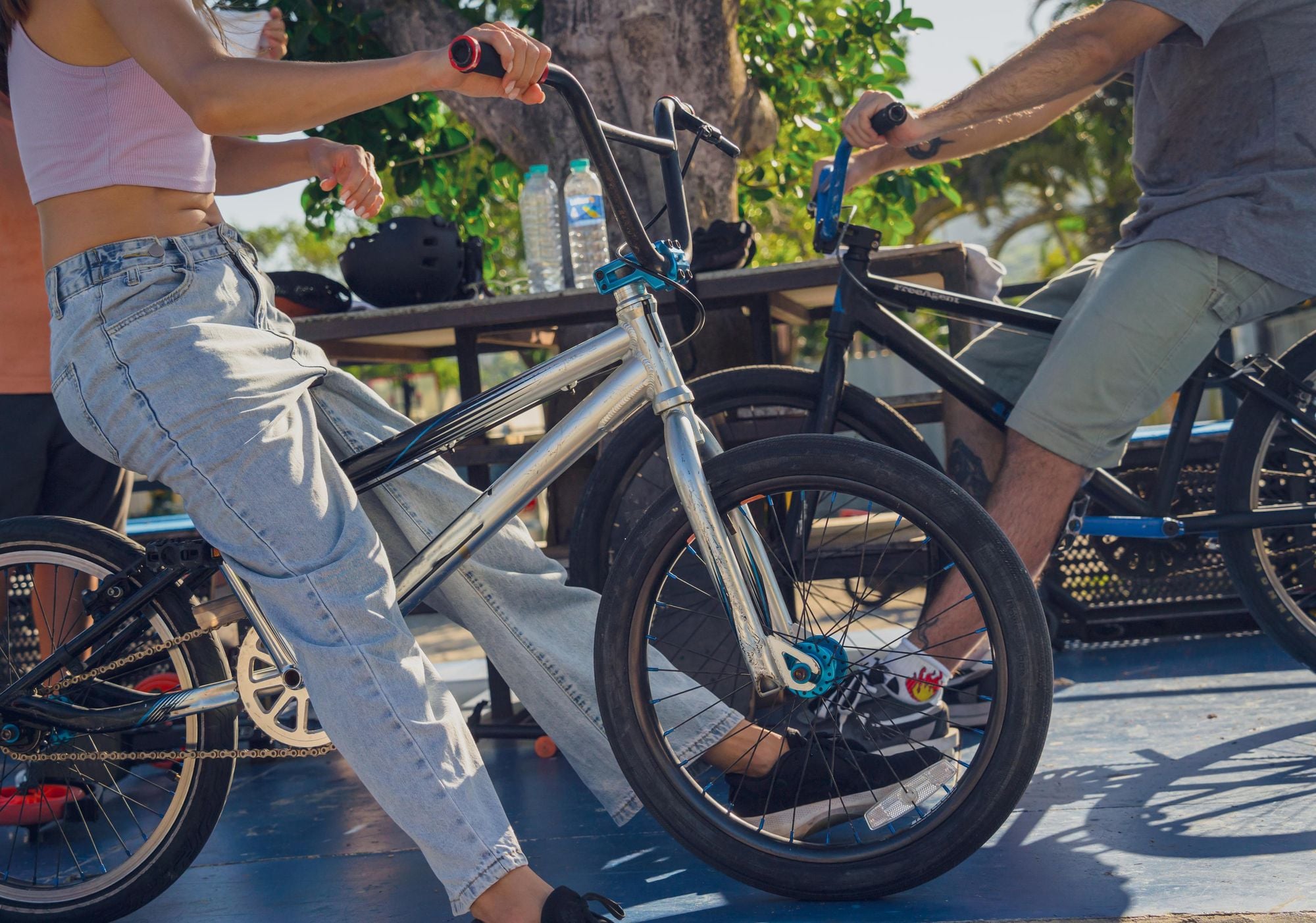
Okay, so what is BMX riding? BMX stands for bicycle motocross. There are two main strains.
- BMX Racing: is where the BMX bike actually originated. It is an off-road discipline of bicycle racing which sees several competitors released from a starting gate at the same time, then racing to the finish line along a purpose-built, one lap dirt track featuring rollers, berms and jumps.
- BMX Freestyle: is the more commonly seen version of BMX riding, using a bike set up for jumps and technical tricks. This itself can be broken down into various disciplines. Some use a BMX on dirt jumps, in a skate park or on a vert ramp, for example. But the most common use of a BMX is probably in the city streets, where riders reimagine the urban landscape and express their creativity on staircases, railings and other features.
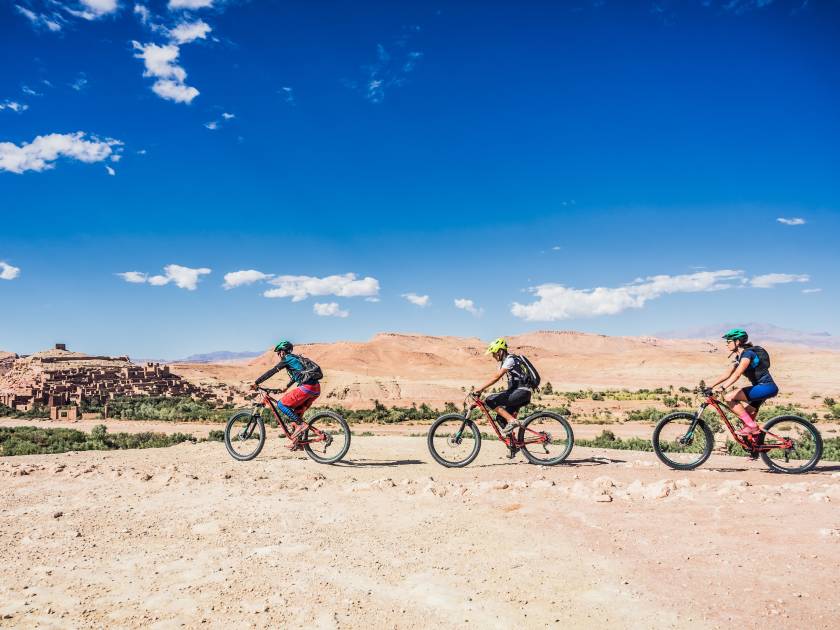
What does a BMX look like? A BMX is a very unique bike. It’s about half the size of the others on this list, has a low seat and tall, wide handlebars.
What do BMX riders wear? Fashion statements are often as much a part of riding BMX as the riding itself. This form of cycling is all about self-expression, so there’s no set uniform. That's for street, at least. Those involved in BMX racing usually wear a full-face helmet and motocross-style baggy clothes.
What does the terrain look like? Dirt, trails, pump tracks, city corners etc.
What's the biggest BMX event? The biggest event in BMX Racing is the Olympics. Freestyle is also now in the Games, but is less about competition.
7. Fat Biking
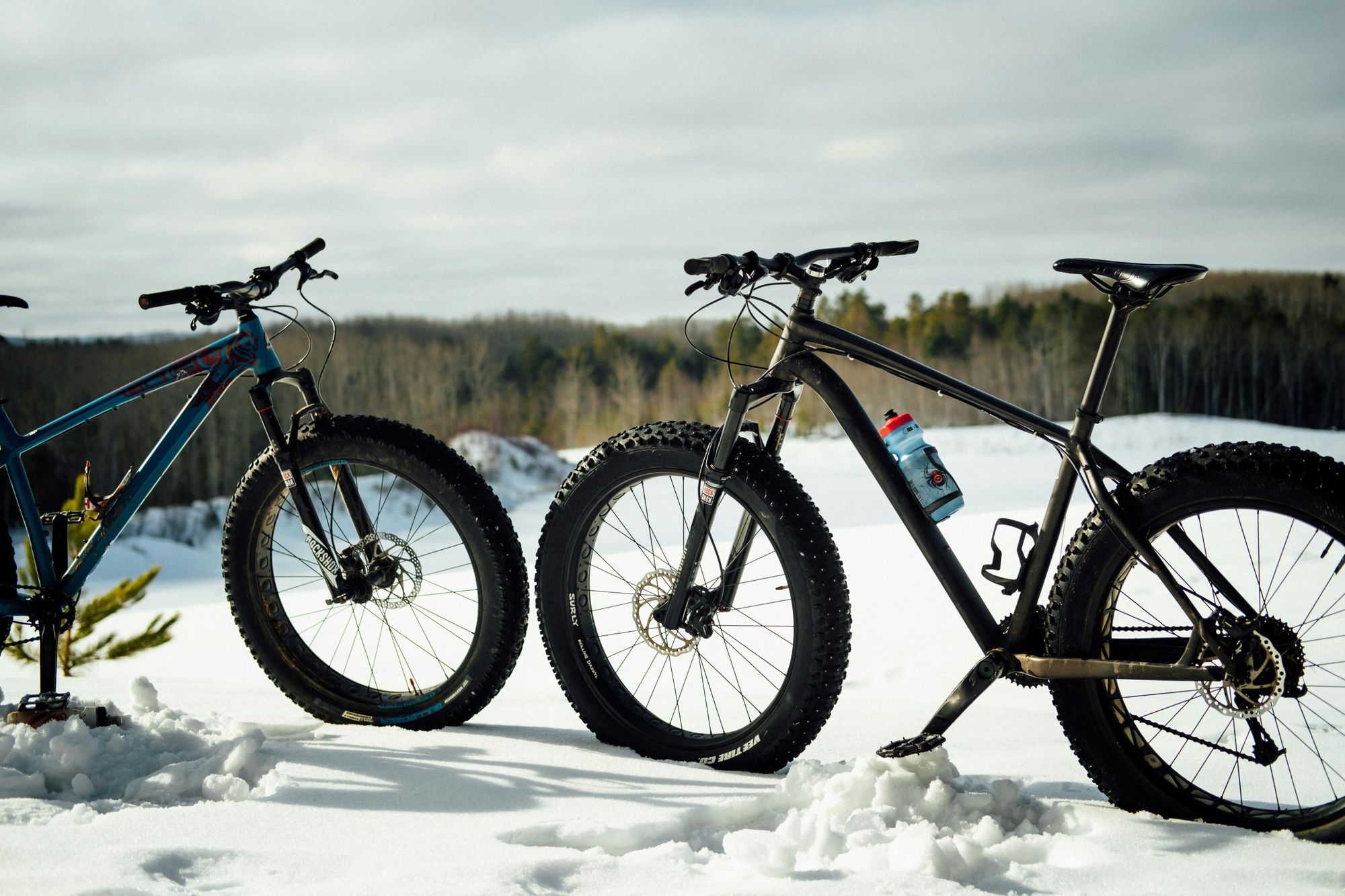
Okay, so what is fat bike? It's like a regular mountain bike, but with big, fat tyres designed specifically to ride terrain a normal bike would struggle on - like snow or sand. The larger wheel base makes cycling on this terrain possible.
What does a fat bike look like? Like we say, the main thing that makes a fat bike stand out is the massive tyres. They're usually at least 3.8 inches, making them extra grippy and allowing them to roll over anything. Usually these bikes are rigid frames and don't have suspension but there are exceptions to that rule.
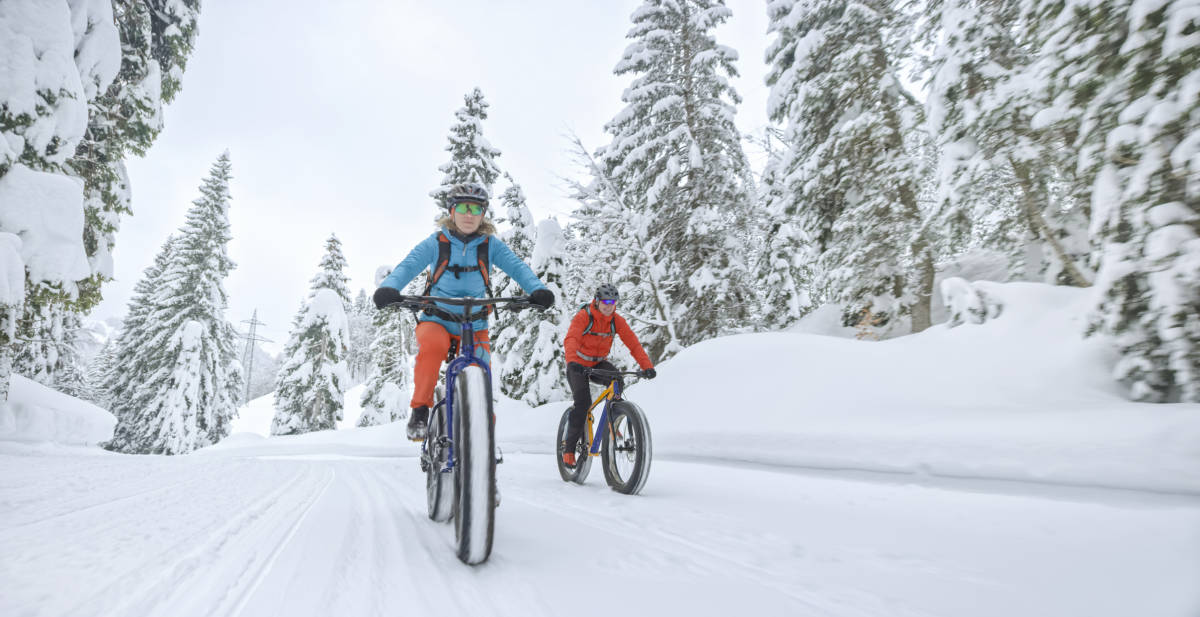
What do fat bikers (admittedly not the best catch-all term) wear? The same as mountain bikers, basically. Practical, comfortable outdoor gear. This is, of course, suited to the terrain, though. You'll wear different gear if you're fat biking in the Arctic than you will if you're on the sand dunes in Namibia.
What does the terrain look like? You're much more likely to see a fat bike being ridden on snow or sand. On these tougher terrains they can allow you to access terrain which you wouldn't have otherwise been able to access - opening new possibilities. They are rare to see on more standard mountain biking trails, but they do still offer even better grip on dirt too - eating up rocks and roots.
What's the biggest fat biking event? This isn't really a competitive discipline, but naturally, there is a Fat Biking World Championships in the US.
8. Track cycling
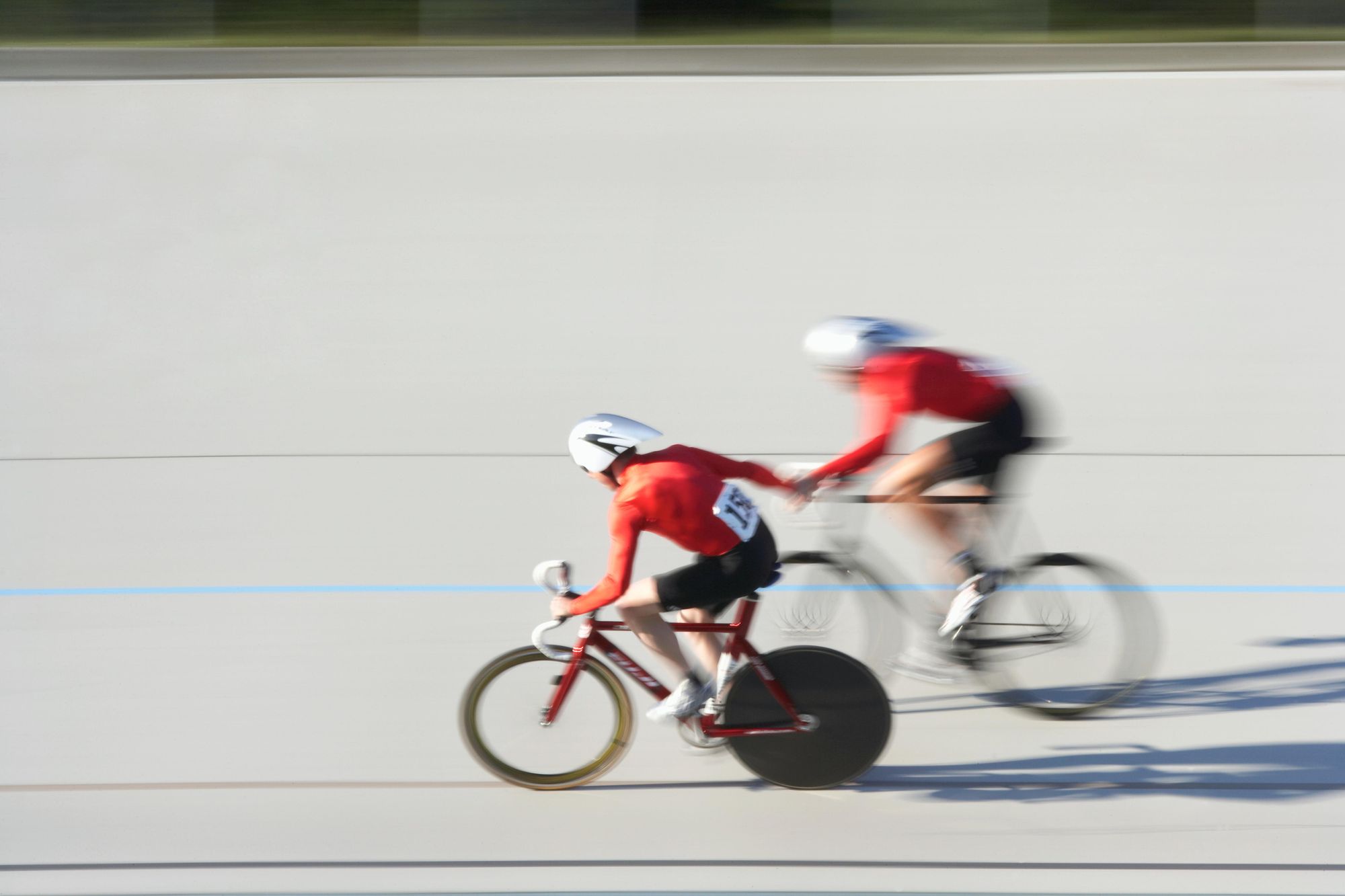
Okay, so what is track cycling? There are many different disciplines of track cycling, but in short: track cycling is competitive cycling on a track, which tends to be inside a purpose-built velodrome.
Track cycling is the thing the general public gets very excited about once every four years, when the Olympics comes around. Think Victoria Pendleton, Chris Hoy, Jason Kenny, Laura Trott - all of whom have won Olympic gold medals in track cycling. On the track there are time trials, sprints, team sprints, the keirin, madison, omnium and more. Some of these are individual events, some are team events. All involve cycling a bike around a track as quickly as possible.
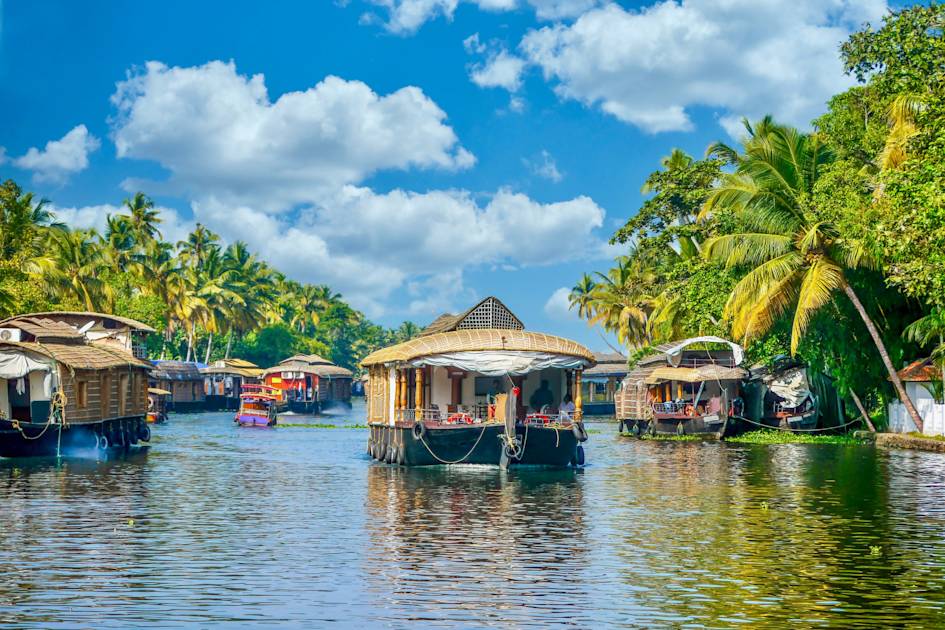
The current Olympic disciplines of track cycling (which will be included in the Paris 2024 Olympic Games) are explained below:
- Keirin: Anywhere from three to seven riders set off in the slipstream of a derny (a pacing motorbike). They follow the derny for 1,400m then race the final 600m-700m to the finish line. The first to the finish line wins.
- Madison: Teams of two begin this event in a mass start. Points are earned through intermediate sprints during the race, which are signalled with a whistle - and lapping the field also gets you points. Only one rider in each team may be active on the track at any one point; with the inactive rider cycling slowing on the upper banks of the track until they are slung in, relay style. If it sounds confusing, that's because it is. But it's exciting too.
- Omnium: This is a multi-discipline event, featuring six track cycling disciplines over two days. Those disciplines are currently a scratch race, individual pursuit, elimination race, time trial, flying lap and points race.
- Pursuit (team): Two teams of four riders start on opposite sides of the cycling track. The first to complete 4km wins.
- Sprint (individual): Athletes compete one on one in a sprint for 750m (though only the final 200m are timed). Competitors start next to one another, and the first rider across the line wins.
- Sprint (team): Two teams of cyclists start at opposite sides of the track to one another. Each rider takes a turn on the front for a lap then peels away, until there is only one rider remaining for each team. Whichever team completes the required number of laps first wins the race.
What does a track cycling bike look like? These are made for speed. One or both wheels are often covered for aerodynamic purposes. There are drop (curly) handlebars and slim frames.
What do track cyclists wear? Lycra and long, pointy helmets. Quite the look.
What does the terrain look like? A velodrome.
What's the biggest track cycling event? Certainly the Olympic Games.
Inspired? Check out our full range of adventure cycling holidays now!


